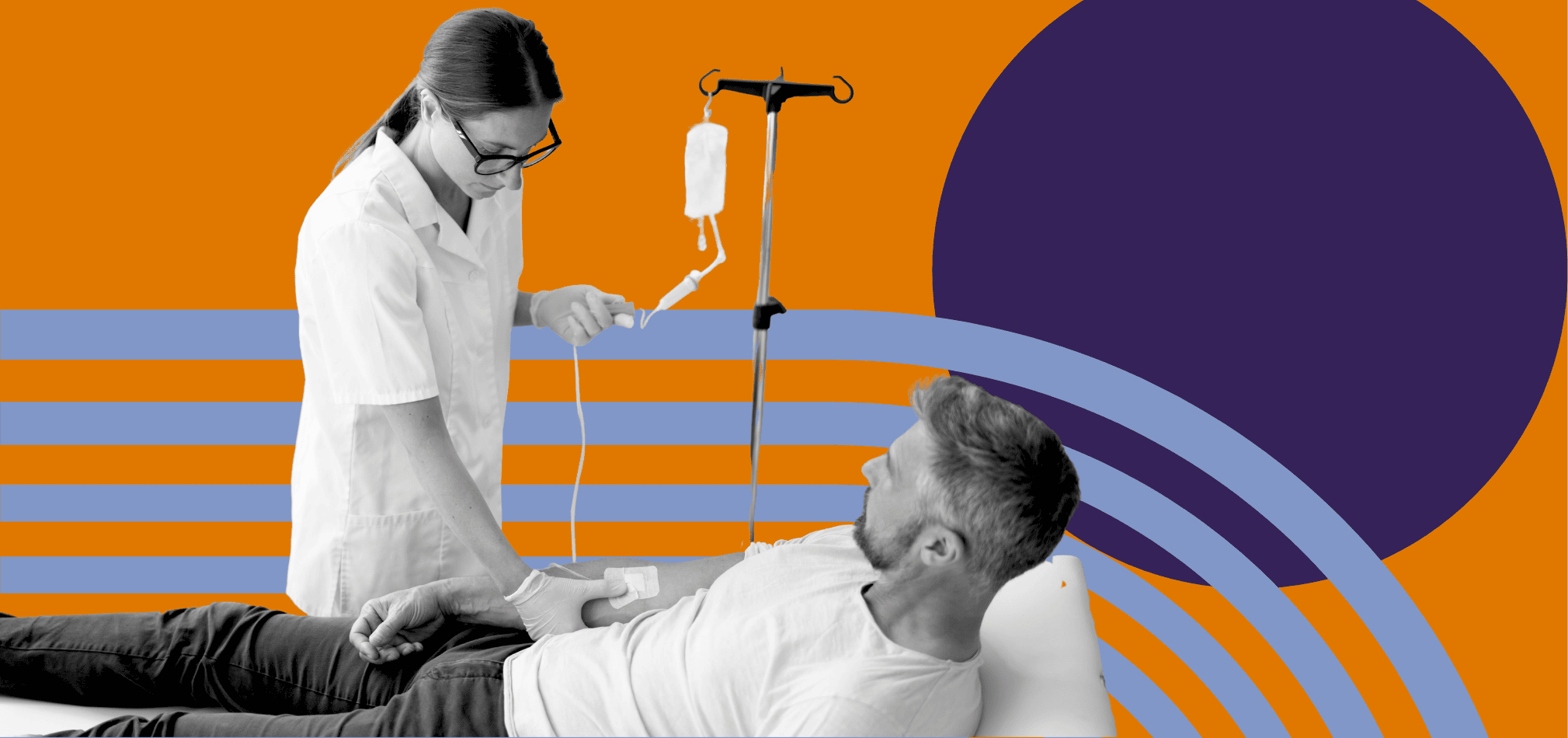


When disaster strikes – a wildfire, flood, or even a local power outage – how do you know which patients need your help first? For many agency owners and staff, this is a no brainer. But for those new to the industry, it’s an essential part of initial training.
*This article was written in consultation with Mariam Treystman.
At The Home Health Consultant, we work with hundreds of agencies nationwide. We know how important acuity levels are in emergencies. Without clear acuity categorization, you risk delayed care, compliance issues, and patient harm. All of which can result in severe regulatory penalties, patient harm, and agency shutdown.
In this article, you’ll learn:
By the end, you’ll have a solid understanding of acuity levels and how to make sure your agency is prepared to prioritize care as needed.
An acuity level (or acuity category) is a way of categorizing patients based on their care needs.
Agencies often label acuity levels as low, medium, and high, but some use numbers (1, 2, 3) or even colors (green, yellow, red). What matters is consistency across your policies, software, and documentation.
Acuity levels are not just for categorization – they drive real operational decisions:
As our co-founder Mariam Treystman explains, “Why are we categorizing these acuity levels? It’s to help you know who to address first in different types of crises… It’s very much part of emergency planning.”

Low acuity patients are those with minimal care needs. For example:
If a visit is missed (though this should be avoided at all costs), these patients are not likely to experience immediate harm or a health crisis.
Moderate acuity patients don’t fit neatly into low or high categories. They may:
When in doubt, Treystman suggests:
“If you’re between two acuities, it’s always safer to place them in the higher one.”
High acuity patients have the highest care needs, such as:
For these patients, missing a visit can be critical. With these types of patients, you cannot miss an essential IV visit or dose of antibiotics. Doing so would directly harm their health and well-being.
High acuity patients require direct, hands-on skilled care and their conditions are often unstable or complex.

During a declared emergency (e.g. flood, earthquake, hurricane), CMS requires agencies to check on all patients. Acuity levels determine who gets seen first. For example:
However, all patients should receive a phone wellness check on day one. The “or less” part means if a patient already has a scheduled visit that day, it must still happen unless unsafe.
For example:
If there’s an earthquake in the morning and you had an injection planned for the evening, you don’t get to reset your time to 24 hours now and go the next day. As the agency caring for the patient, it’s your job to ensure essential care is not interrupted.
One compliance pitfall is inconsistent labeling across your documentation, policies, and EMR. Check that:
This simple review can prevent major confusion and improve compliance during surveys or emergencies.
Pro Tip: If your acuity levels differ across forms, policies, and your EMR, align everything to match your EMR (it’s usually the hardest to change).
Acuity levels are essential for prioritizing care, especially in emergencies. Categorize patients clearly as low, medium, or high based on their needs.
To keep your compliance solid and patients safe, ensure your team using acuity level names and categorizations consistently across policies, EMRs, and training.
If you’re unsure about your emergency planning or acuity protocols, our Administrative Compliance Program helps home health and hospice agencies align their processes for survey readiness and operational safety.
Want to ensure your acuity categorization and emergency planning meet compliance standards? Explore our proven process below to learn how we help agencies like yours stay compliant year-round.
*Disclaimer: The content provided in this article is not intended to be, nor should it be construed as, legal, financial, or professional advice. No consultant-client relationship is established by engaging with this content. You should seek the advice of a qualified attorney, financial advisor, or other professional regarding any legal or business matters. The consultant assumes no liability for any actions taken based on the information provided.